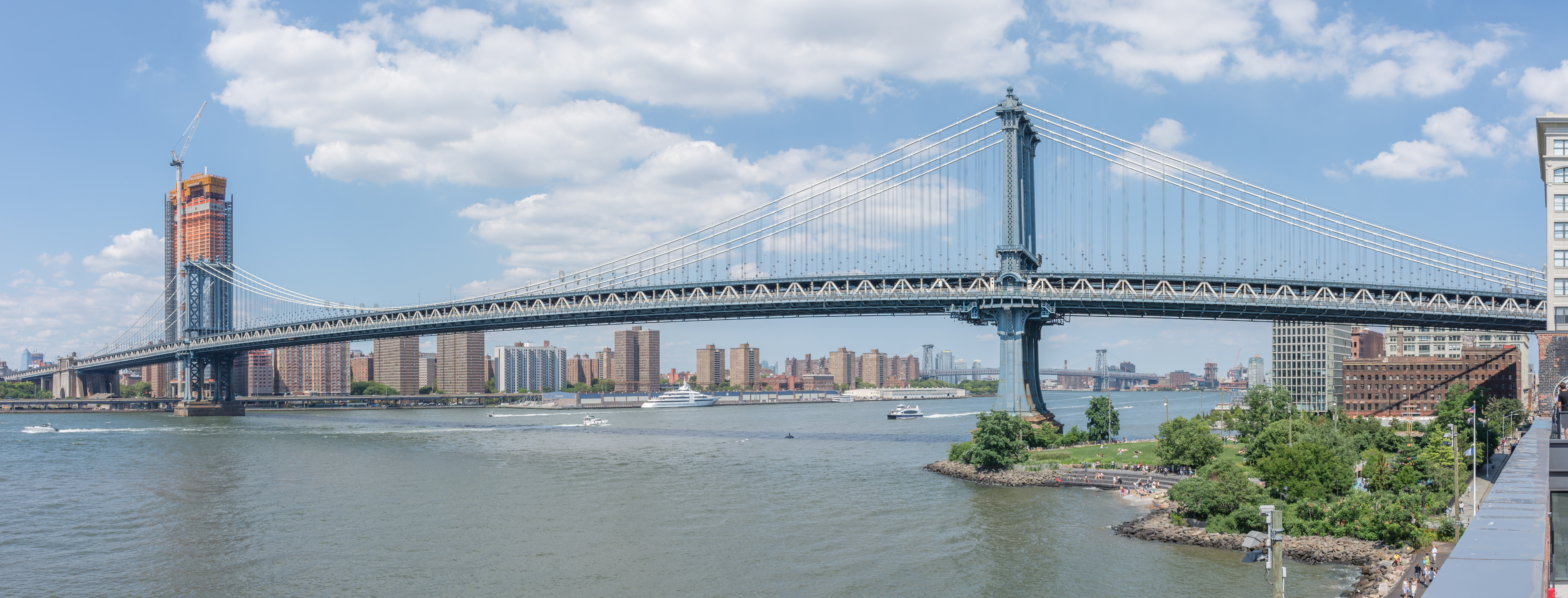
Does it take a crisis to cause change? Since the coronavirus pandemic pushed the global pause button, emissions of CO2 have fallen by 50% compared with the same time last year. A drop in methane has also been noted. “This is the cleanest I have ever seen New York City,” noted Professor Roisin Commane of Columbia University and the Lamont-Doherty Earth Observatory. It’s not just clearer skies over the Manhattan Bridge and Brooklyn Bridge. Cities across the USA including Atlanta, Chicago, Los Angeles, and Seattle are notably improved. Benton MacKaye, proposer of the Appalachian Trail, and Frederick Law Olmstead, designer of Central Park in New York and the “Emerald Necklace” series of linked parks in Boston, shared the vision of a city that can breathe. Parks help but may not be enough. Can we learn from the global pause to create new options to aid the environment?

European Space Agency’s Sentinel-5P satellite shows atmospheric levels of nitrogen dioxide, due in large part to car and truck emissions, were lower over Los Angeles, a city with some of the highest smog levels. Descartes Labs, a geospatial analysis firm, reports that quantifying effects of the global shutdown on pollution will encourage more study. INRIX, a research firm monitoring traffic data from vehicle and telephone navigation systems, reported that roads were seeing a 70% improvement in congestion and on-time arrivals. Far from an escape, space is proving to be a viewing window to see Earth as a system.

While any environmental improvement, even if short-term, is beneficial, this shut-down is not the answer to climate change. Traffic will rebound eventually, and the devastation of public health, the suffering of the afflicted, and the economic wounds of the shut-down will be serious. But meanwhile, can we use the period of the coronavirus to find ways to reemerge from this time with a new plan? What aspects of telework will prove viable? Some experts are calling for periodic pauses to give the Earth a Sabbath.
Ball, Sam. “Cleaner Water, Cleaner Air: The environmental effects of coronavirus.” Includes video. 20 March 2020, France24.com. https://www.france24.com/en/20200320-clearer-water-cleaner-air-the-environmental-effects-of-coronavirus
Commane Atmospheric Composition Group. https://atmoscomp.ldeo.columbia.edu/
European Space Agency (ESA). “Coronavirus: nitrogen dioxide emissions drop over Italy.” https://www.esa.int/Applications/Observing_the_Earth/Copernicus/Sentinel-5P
McGrath, Matt. “Coronavirus: Air pollution and CO2 fall rapidly as virus spreads.” 20 March 2020. BBC.com/Science & Environment.
Plumer, Brad and Nadja Popovich. 22 March 2020. “Traffic and Pollution Plummet as U.S. Cities Shut Down for Coronoavirus.” 22 March 2020. The New York Times. https://www.nytimes.com/interactive/2020/03/22/climate/coronavirus-use-traffic.html?referringSource=articleShare
Building the World Blog by Kathleen Lusk Brooke and Zoe G. Quinn is licensed under a Creative Commons Attribution-NonCommercial-NoDerivs 3.0 Unpo
